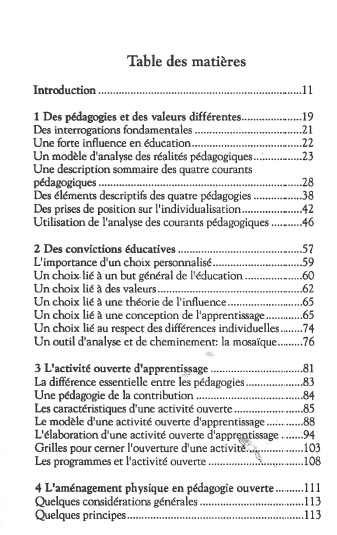Week 2 in review
It’s really Week 1 on the academic calendar, and a challenging one to get the gears going again.
Presentation/faculty development: the week kicked off with a presentation on new e-learning models to a group of Conflict Resolution program faculty. Conflict Resolution is one of our very well respected, high demand programs, lead by an impressively engaged and qualified group of faculty. In prep for this, I had to update a 4 month old presentation on MOOCS, multi-access learning, micro-learning and subscription-based learning. I find the micro-learning/subscription based learning space pretty interesting, and dare I say “disruptive” to continuing education.
Certificate in Experiential and Digital Learning: things at JIBC have a habit of going from 0-100 in the blink of an eye, so this week involved planning a previously unplanned site visit to the University of Guadalajara in about 10 days. It also involved some planning of what is to come next, which is essentially a ton of interesting work in a short period of time.
New Hire: Nailing down start dates for our Senior instructional designer maternity leave replacement–looking forward to announcing this next week. I’m proud to say that JIBC has quite possibly the best maternity leave I’ve seen at any post-secondary, where, among other things, generous vacation is accrued during mat leave. This does make it super tricky to budget and plan around start and leave dates, hence the delay.
Reading and Meandering via @veletsianos, read this article that George shared following a twitter back and forth about the emergence of autoethnography in MOOC research. I’m a big fan of authoethnography as a methodology – my MA used an authoethnography design called a diary study, and coincidentally involved documenting myself learning Spanish online using only free resources in the days before MOOCs. Although the article doesn’t do justice to the methodology, I look forward to seeing some authoethnographies on MOOCs, or even digital learners and digital identity topics.
via @clintlalonde I’m reading an OER study done in Washington Community and Technical Colleges. There is relevance to our own study and I’m encouraged by how it acknowledges a gap in OER studies that largely focus on surveys at the expense of more in depth data that emerge from interviews.
via @hibbitsdesign got curious about Toolset . I have a feeling it could be useful for us, but haven’t quite got my head around the advantages. Realized that despite good intentions I never submitted anything for the OER Global conference in Banff.
Things that wow’ed me: This week’s winner was Norway’s redesigned passport via @twoodwar. There’s something about how this design stretches what a passport is as a precious, functional object of social capital, and what it can be as something more innovative – I feel like there are parallels with educational technology and elearning, and I often wish there were more resources to spend more time on the visual design of educational technology and elearning.



5 Comments
David Porter
Re. autoethnography…
Just supervised a UBC MET student from Japan through a directed studies program in which she kept double-entry journals for three MOOCs (including the recent @veletsianos MOOC), collected artifacts and then did an analysis of her own writing using Atlas.ti. Her project explored the relationship between self-directed learning theory and its expression in MOOC designs.
T Morgan
That sounds like a really interesting study. I recall that one of the strengths of the methodology was that, thanks to technology, you can gather in-the-moment data (vs recall or interview data).
David Porter
We used a shared Evernote notebook series for the journal entries which she completed as she studied and also clipped from the MOOCs. One side of the journal page was in-the-moment notes and artifacts, and the other side of the page was her reflective commentary after the fact. Worked well.
After that, on the third pass, the journal data went into Atlas.ti for coding, clustering and then thematic analysis.
We used the literature on phenomenology and phenomenography to underpin the framework for analysis, and reconciled her findings against theories of self-directed learning, old and new.
She did an enormous amount of work, and enjoyed the process while maintaining a job, a spouse and kids.
T Morgan
Love this, especially for how technology was used with this research design. Maybe there needs to be a lifehackers site for researchers where these techniques can inspire new ways of doing research:-) (I used a combo of online note taking, online timers and old self directed learning theories. My MOOC was essentially CNN in Spanish streamed all day, Spanish entertainment websites, forums, grammar sites, and chat groups.)
David Porter
Tres coool.
There are a few QA sites that I’ve followed where people are doing stuff like we’re describing, and I’m always on the look out for new qualitative designs, data capture and analysis techniques.
So, I like your idea for Lifehacker type site. I’ve learned to do lots of stuff using Lifehacker over the past few years, myself.